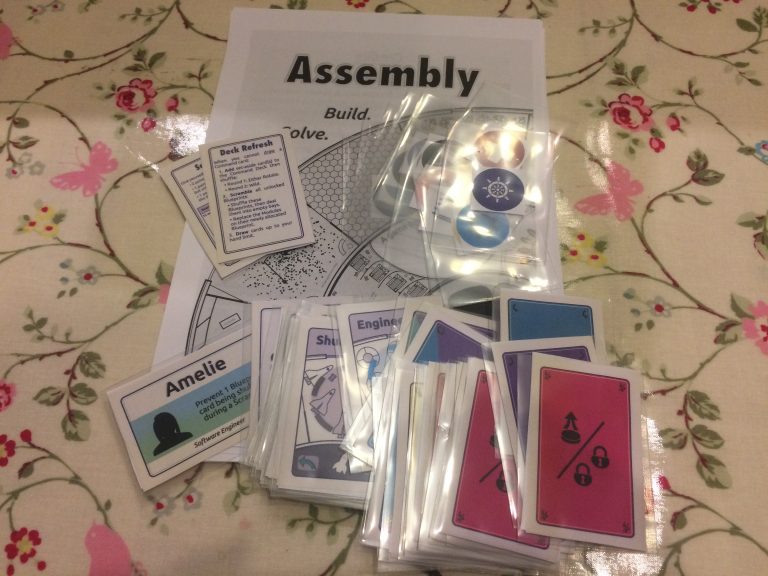Independent perceptions
I think supporting independent game publishers, and I include self-publishers too here, by buying their games gives you a warm feeling. In many cases, your money goes directly to one or two people who you know by name, whose photos you've seen many times, whose newsletters you've read, who you followed on Twitter and who you've started to trust. If their game was published with the help of a crowdfunding platform, you will have lived through the journey of the game from its first public outing to the final, finished product. Yet, independent doesn't always mean small, and some publishers who seem to be large are actually only a handful of people. So if you like helping small publishers, because you want to know that your money goes to a couple of great people who deserve your support, you might have to think carefully.




